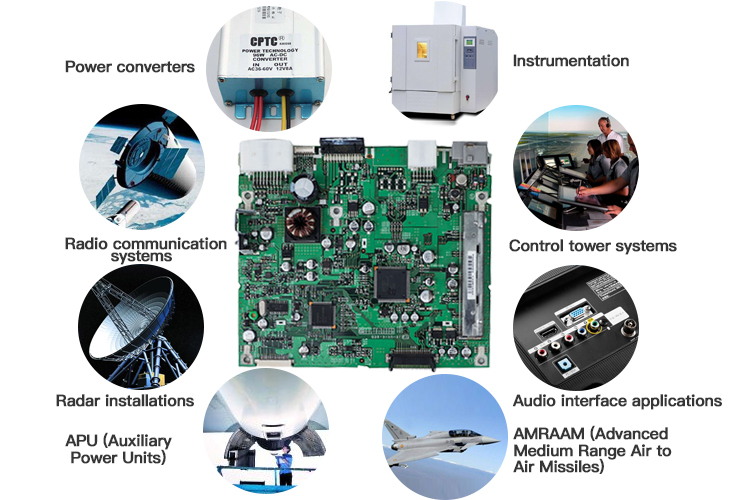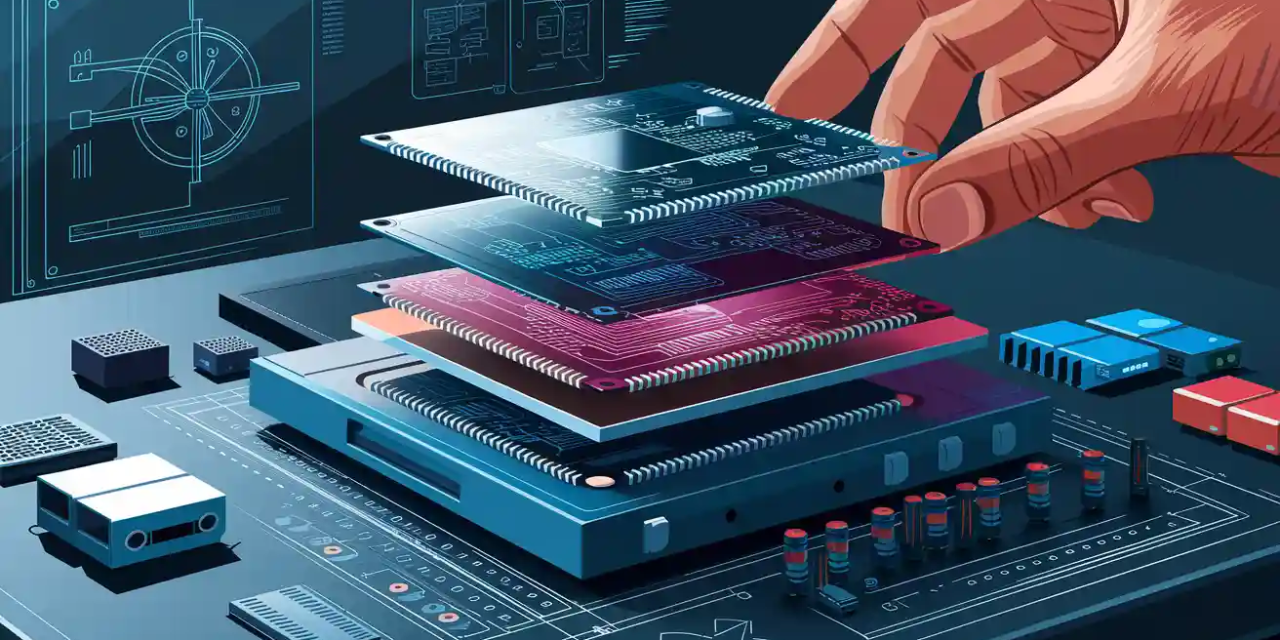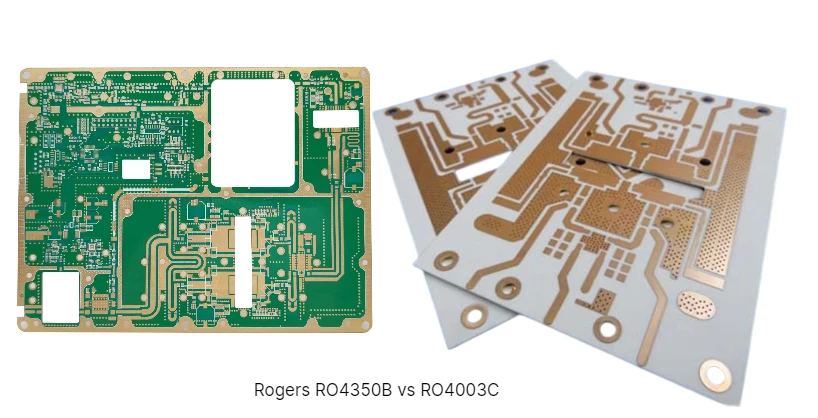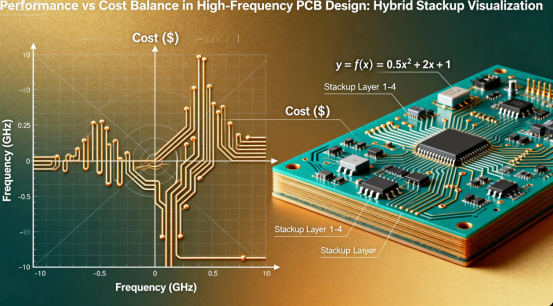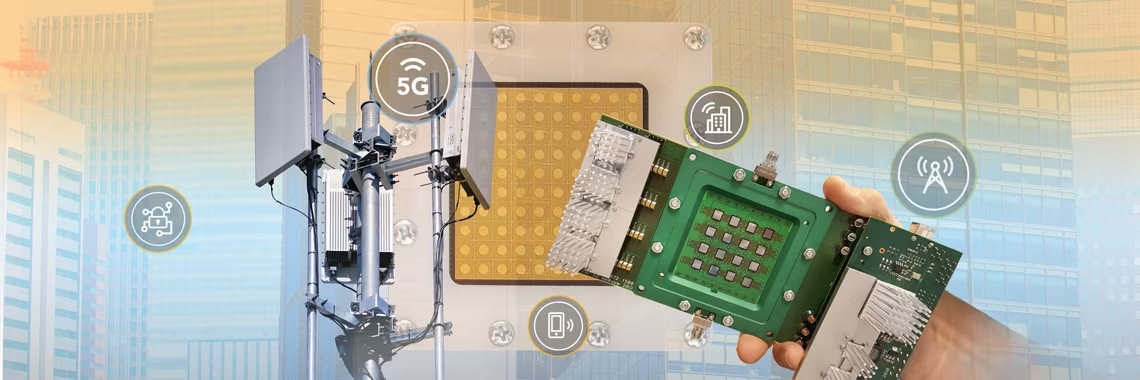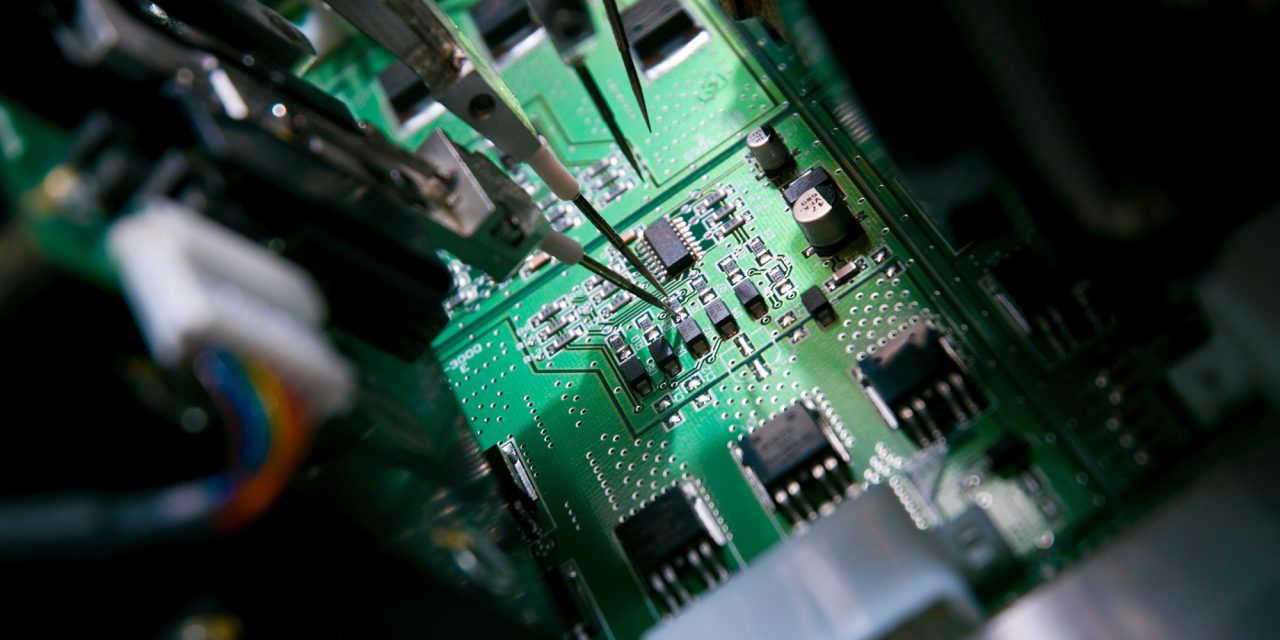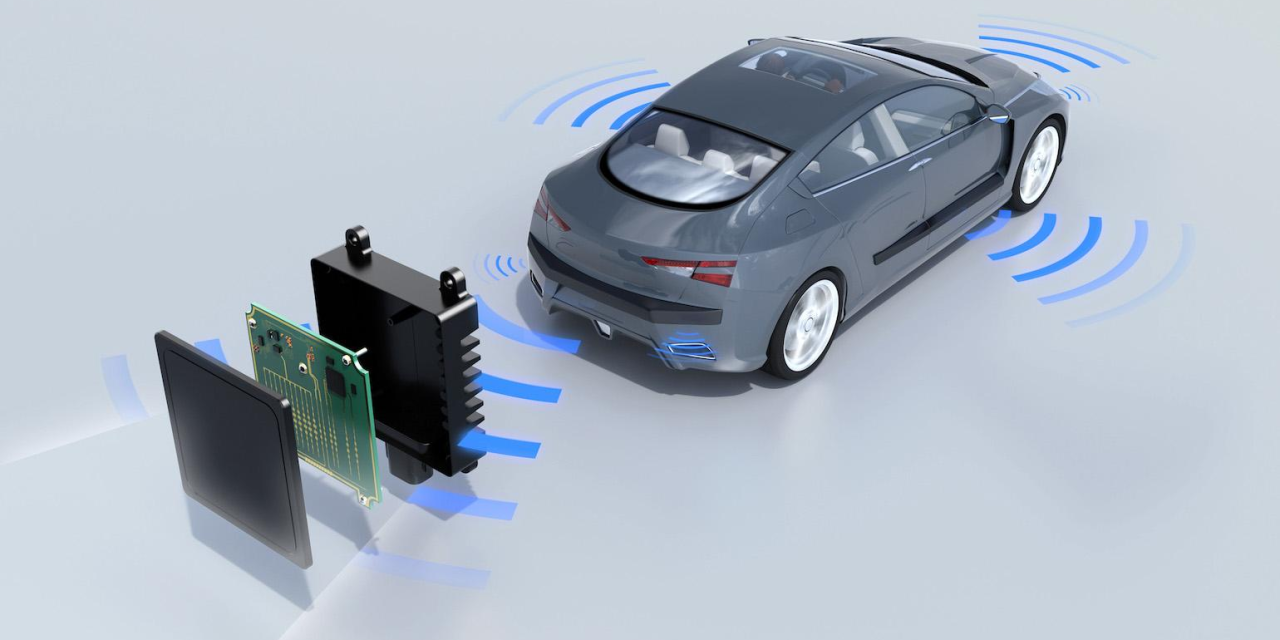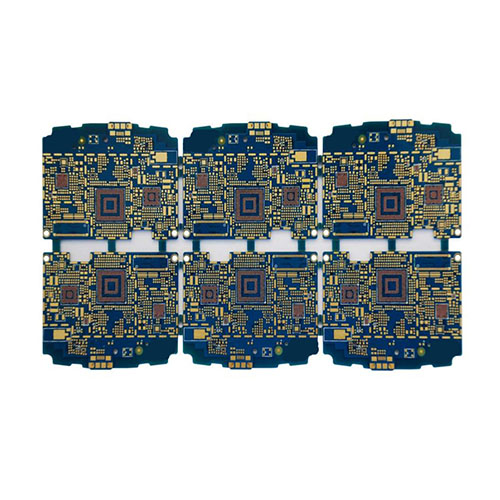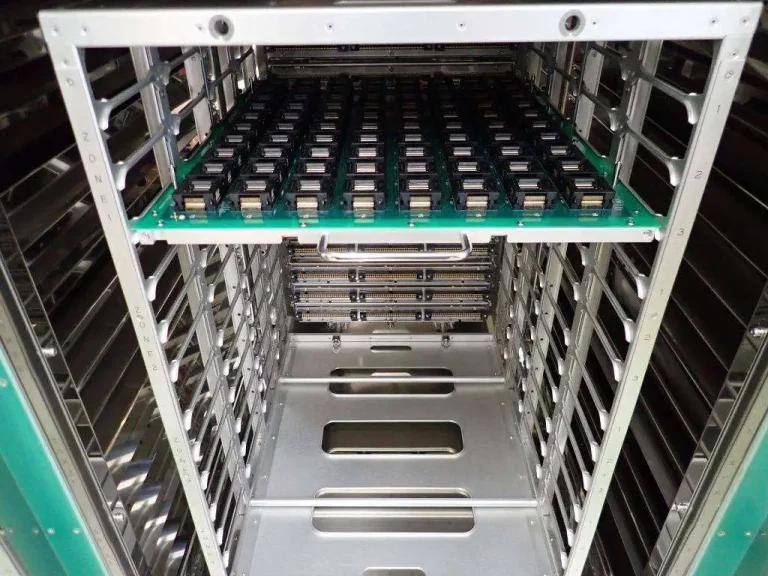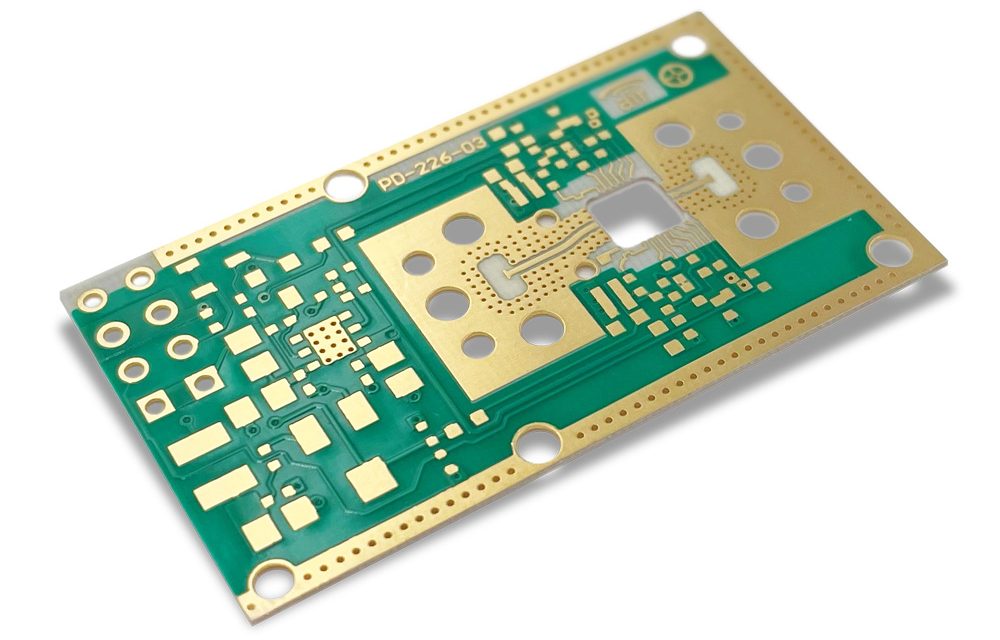How Rogers RO4835 Material Enables Stable RF Performance in Harsh Environments The Growing Demand for Thermally Stable, Low-Loss PCBs As 5G networks, automotive radar, and satellite communications evolve toward millimeter-wave frequencies (24–77 GHz), PCB materials face increasing performance pressure.Engineers now require substrates that maintain low insertion loss, tight dielectric control, and thermal stability under...
Blog
Explore the KKPCB Blog for the latest PCB manufacturing and assembly news, industry insights, expert tips, and technology trends, helping you stay informed and optimize your electronics projects.
From High-Frequency Design to Production-Ready Stackups As next-generation RF systems evolve toward 24–77 GHz applications—such as automotive radar, 5G base stations, and satellite communication—engineers require PCB materials that deliver low loss, thermal stability, and consistent manufacturability. Rogers RO4835 PCB has become the preferred substrate for these applications due to its low dissipation factor...
Ensuring Consistent RF Performance Through KKPCB’s Validation Process In high-frequency applications—from 77 GHz automotive radar to 28 GHz 5G antenna arrays—the long-term stability and reliability of the PCB material determine system integrity more than any single design parameter. Among numerous high-frequency laminates, Rogers RO4350B PCB stands out for its balance of low dielectric loss,...
Engineering Reliable RF Performance with KKPCB’s Hybrid Lamination Expertise As 5G and radar systems advance toward higher frequencies (24–77 GHz) and more compact multilayer designs, engineers increasingly choose Rogers RO4350B PCB for its stable dielectric properties, low loss, and compatibility with standard FR-4 processes. Yet, when moving to hybrid stackups—mixing RO4350B with FR-4,...
Building the Backbone of 5G Antenna Performance with RO4350B PCB As 5G networks evolve toward higher frequencies (sub-6 GHz → mmWave) and denser integration, PCB performance has become a decisive factor in antenna module design.Engineers must now balance low insertion loss, thermal stability, and mass-production manufacturability—a challenge only a few materials can meet. That’s why...
Complete technical guide to Isola 370HR, the industry-standard high-Tg FR-4 laminate for multilayer and HDI PCBs.
1. Introduction As the automotive industry races toward higher levels of autonomy, 77 GHz radar systems have become the backbone of advanced driver-assistance systems (ADAS).At these millimeter-wave frequencies, PCB material stability directly defines radar accuracy, signal phase consistency, and long-term reliability. Among all high-frequency laminates, Rogers RO4350B PCB has emerged as a proven and cost-effective...
As modern electronics evolve toward smaller, faster, and more powerful systems, High-Density Interconnect (HDI) PCB technology has become the backbone of next-generation product design.As a professional one-stop PCB and PCBA solution provider, KKPCB is committed to delivering high-performance HDI printed circuit boards that meet the increasing demands for miniaturization, precision, and reliability in today’s electronics...
Ensuring PCB Reliability Through Burn-in Testing — How KKPCB Guarantees Long-Term Performance In high-performance electronics, reliability isn’t a luxury — it’s a requirement. At KKPCB, every printed circuit board that leaves our production line is expected to perform consistently under demanding real-world conditions. One of the most critical steps in achieving that standard is our...
At KKPCB, we specialize in advanced PCB manufacturing for RF, microwave, and high-speed digital applications, where performance, consistency, and manufacturability are paramount. Among the wide range of high-frequency materials we process, Rogers RO4003C™ laminates stand out as one of the most balanced solutions — combining excellent electrical performance, mechanical stability, and cost-effectiveness. Exceptional Material Composition...

